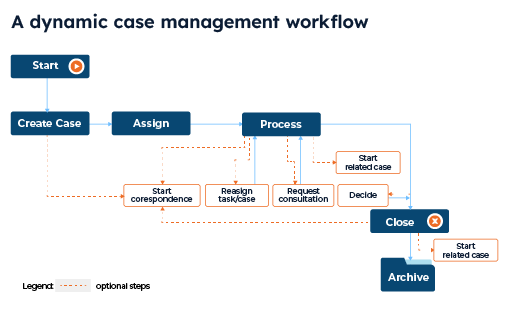Our client is a European governmental organization responsible for handling questions and complaints related to data protection from the general public, businesses and public administration. As a government body, they are bound by the general principles of public administration, such as efficient procedures and well-defined accountability
- All you need to know
- AmeXio X-Hub
- AmeXio X-Hub & Nuxeo: A winning duo to transform your document management
- Apply to a vacancy
- Blogs
- Consulting
- Customer communication management (CCM)
- Customer experience management (CXM)
- Customer Success Stories
- Enterprise Content Management (ECM)
- Enterprise Resource Planning
- Global Market Leader
- Home
- IBM Gold Partner
- Industries
- Legal Notices
- OpenText
- Our locations
- Our news
- Our solutions
- Site map
- Structured content management (SCM)
- Terms and Conditions AmeXio Netherlands B.V.
- Unlocking the power of the Cloud
- We love Documentum
- Why join us?
- Working at AmeXio


